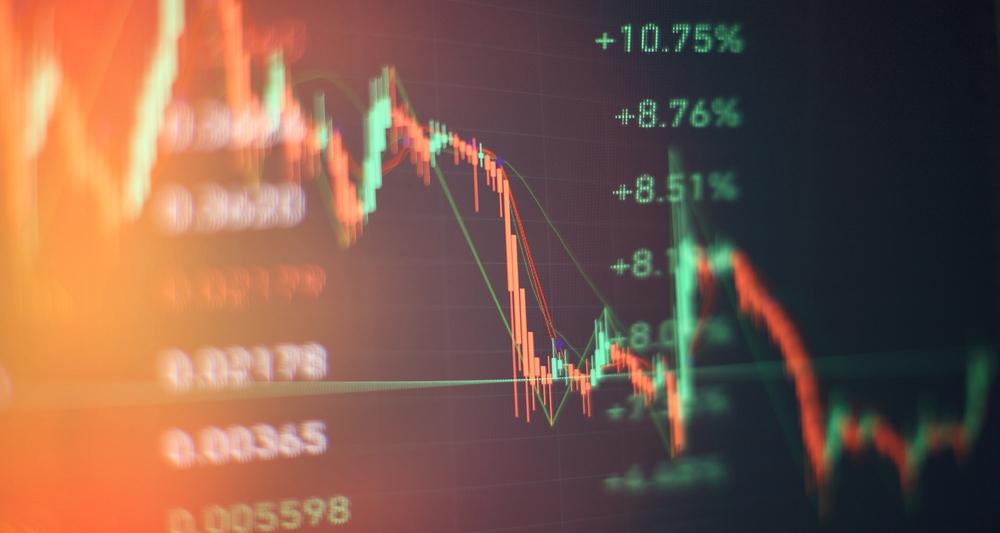Commodities are the lifeblood of the global economy, serving as essential raw materials for various industries and influencing foreign exchange markets. Understanding commodity valuation and the interplay between commodities and forex (foreign exchange) prices is crucial for traders, investors, and businesses. In this comprehensive blog post, we will delve into the intricacies of commodity valuation, the impact of commodities on forex prices, and the dynamics of the commodity market.
Commodity Valuation: Unveiling the Basics
1. Intrinsic Value vs. Market Value
Commodity valuation involves assessing the worth of a commodity, which can be categorized into two main types:
- Intrinsic Value: This represents the fundamental or inherent value of a commodity based on factors like production costs, supply and demand dynamics, and economic fundamentals.
- Market Value: Market value, on the other hand, is the price at which a commodity can be bought or sold in the open market. It is influenced by factors such as market sentiment, geopolitical events, and speculative trading.
2. Factors Affecting Commodity Valuation
Several factors influence the valuation of commodities:
- Supply and Demand: The most fundamental factors affecting commodity prices are supply and demand dynamics. An increase in demand or a decrease in supply can drive prices higher, while the opposite can lead to lower prices.
- Economic Conditions: The state of the global economy, including GDP growth, inflation rates, and interest rates, can impact the demand for commodities and, consequently, their valuation.
- Geopolitical Events: Political stability, trade tensions, and conflicts in major commodity-producing regions can disrupt supply chains and influence commodity prices.
- Market Sentiment: Investor sentiment and market psychology can lead to speculative trading, causing rapid price fluctuations.
Commodities and Forex Prices: A Complex Relationship
The forex market, where currencies are traded, is intricately connected to the commodities market due to several key reasons:
1. Currency Value and Commodity Prices
- Resource-Based Currencies: Some currencies, such as the Canadian dollar (CAD) and Australian dollar (AUD), are often referred to as "commodity currencies" because their value is closely tied to the prices of key commodities, such as oil and metals, produced in their respective countries.
- Impact of Commodity Prices: When commodity prices rise, the value of resource-based currencies tends to appreciate. Conversely, falling commodity prices can lead to depreciation.
2. Hedging and Risk Management
- Correlation: Traders and investors often use commodities to hedge against currency risk. For instance, if they anticipate a weakening currency, they may invest in commodities like gold or oil as a hedge.
- Diversification: Diversifying a portfolio by including commodities can help spread risk and reduce exposure to currency fluctuations.
3. Economic Implications
- Inflation and Interest Rates: Central banks may adjust interest rates and monetary policies in response to changes in commodity prices. For example, rising commodity prices can lead to higher inflation, prompting central banks to raise interest rates to control inflation.
- Trade Balances: Countries that are significant commodity exporters may experience trade balance shifts based on changes in commodity prices, affecting their currencies.
The Dynamics of the Commodity Market
1. Types of Commodities
The commodity market is vast and diverse, comprising various types of commodities, broadly categorized into:
- Energy Commodities: Including oil, natural gas, and coal.
- Metals: Such as gold, silver, copper, and aluminum.
- Agricultural Commodities: Including wheat, corn, soybeans, and coffee.
- Livestock and Meat Products: Such as cattle, pork, and poultry.
- Soft Commodities: Encompassing products like cotton, sugar, and cocoa.
2. Trading Platforms
Commodities are traded on various platforms, including:
- Commodity Exchanges: These are physical or electronic marketplaces where standardized contracts for commodities are bought and sold. Examples include the Chicago Mercantile Exchange (CME) and the London Metal Exchange (LME).
- OTC (Over-The-Counter) Markets: OTC markets facilitate the trading of commodities that don't trade on formal exchanges. Transactions are often customized to meet specific needs.
3. Speculation and Investment
Commodities attract a wide range of market participants, from producers and consumers seeking to hedge against price fluctuations to speculators and investors looking for profit opportunities.
- Speculators: These traders enter the market with the aim of profiting from short-term price movements, often without any intention of taking physical delivery of the commodity.
- Investors: Institutional and retail investors include commodities in their portfolios for diversification and as a hedge against inflation and currency risk.
Conclusion: Navigating the Complex Interplay
Understanding commodity valuation, the impact of commodities on forex prices, and the dynamics of the commodity market is essential for anyone involved in trading, investing, or managing risk in today's global economy. The complex interplay between these markets, influenced by economic fundamentals, geopolitical events, and investor sentiment, requires a multifaceted approach to decision-making.
As the world continues to rely on commodities for essential resources, the ability to navigate the commodities and forex markets effectively becomes increasingly valuable. Whether you are a currency trader keeping an eye on commodity prices or a business manager managing supply chain risk, a deeper understanding of these markets can lead to more informed and strategic decisions in an ever-evolving global landscape.
Source: https://diigo.com/0u1hir
